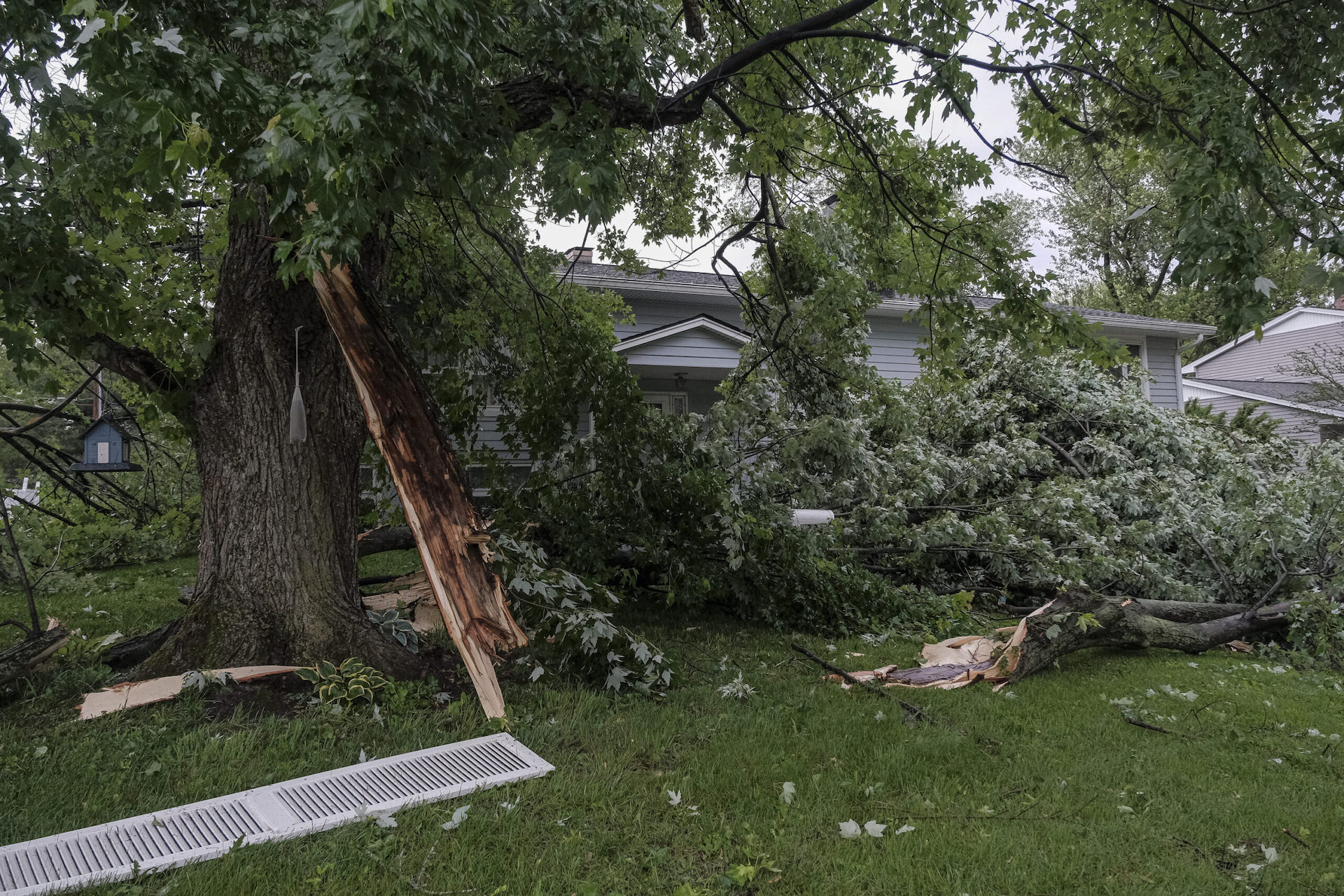When it comes to storm leads, many contractors focus on...
What is Storm Damage?
Storm damage is a common occurrence that can significantly impact homes, buildings, and properties. Understanding the nature of storm damage is essential for storm lead call center professionals to assess and address the needs of homeowners effectively. This educational topic provides insights into the causes, types, and impact of storm damage, empowering you to better serve homeowners in their recovery process.
- Defining Storm Damage: Define storm damage as any harm or destruction caused by severe weather conditions, including but not limited to hail storms, tornadoes, hurricanes, floods, and fires. Storm damage can affect various components of a property, including roofs, siding, windows, foundations, and landscaping.
- Causes of Storm Damage: Explore the different causes of storm damage. Weather events such as high winds, heavy rainfall, lightning strikes, hailstones, and flying debris can all contribute to property damage. Understanding the primary causes helps in assessing the extent of damage and determining appropriate response strategies.
- Types of Storm Damage: Examine the various types of storm damage homeowners may encounter. This includes roof damage (missing shingles, leaks), siding damage (cracks, dents), window damage (broken glass), foundation damage (cracks, shifting), water damage (flooding, mold), and fire damage (resulting from lightning strikes or electrical issues during storms). Familiarize yourself with these types to better understand homeowners' concerns and provide appropriate solutions.
- Impact on Homeowners: Discuss the significant impact storm damage has on homeowners. It disrupts their lives, compromises their safety and security, and often leads to financial burdens. Storm damage can cause emotional distress, displacement, and a sense of uncertainty. Recognizing the emotional and practical challenges homeowners face enables you to approach them with empathy and tailored solutions.
- Assessing Storm Damage: Learn how to assess storm damage effectively. Develop skills in conducting thorough inspections to identify visible signs of damage, such as roof leaks, cracked foundations, broken windows, or water stains. Understanding the assessment process helps in accurately documenting the extent of damage and developing appropriate action plans.
- Working with Insurance Claims: Gain insights into the insurance claims process for storm damage. Understand the necessary steps to assist homeowners in filing claims, documenting damage, and navigating the insurance process. Collaborating with insurance adjusters and providing comprehensive documentation can streamline the claims process for homeowners.
- Restoration and Repair Solutions: Explore restoration and repair solutions for different types of storm damage. Familiarize yourself with industry best practices, materials, and techniques for addressing specific issues, such as roof repairs, window replacements, siding restoration, and water damage mitigation. Understanding the available solutions enables you to provide informed recommendations to homeowners.
- Safety Considerations: Highlight the importance of safety in dealing with storm damage. Educate homeowners about potential hazards, such as structural instability, electrical hazards, and mold growth. Emphasize the need to prioritize safety and engage professionals for hazardous tasks to prevent further damage and ensure the well-being of homeowners and workers.
- Preventative Measures: Discuss proactive measures homeowners can take to minimize the impact of future storms. Educate them about storm preparedness, such as reinforcing roofs, installing impact-resistant windows, and maintaining proper drainage systems. Providing preventative tips helps homeowners safeguard their properties and reduce the likelihood of extensive damage in future storms.
- Partnering with Restoration Professionals: Recognize the value of partnering with reputable restoration professionals. Establish relationships with trusted contractors, roofers, and restoration specialists who can provide expertise and quality services. Collaborating with experienced professionals ensures homeowners receive efficient, reliable, and timely restoration solutions.
Understanding storm damage is crucial for storm lead call center professionals. By familiarizing yourself with the causes, types, and impact of storm damage, you can effectively serve homeowners in their recovery process. From assessing the extent of damage to recommending appropriate restoration solutions, your knowledge of storm damage empowers you to provide valuable guidance and support.
Remember, each homeowner's situation is unique, and their needs may vary. By understanding the intricacies of storm damage, you can tailor your approach to meet their specific requirements. Keep yourself updated on the latest industry trends, best practices, and advancements in storm damage assessment and restoration techniques.
Additionally, maintaining open lines of communication with homeowners is essential. Actively listen to their concerns, empathize with their experiences, and offer clear explanations of the assessment and restoration processes. Addressing their questions and providing regular updates instills confidence and trust in your services.
Lastly, be proactive in educating homeowners about the importance of regular maintenance, preventative measures, and insurance coverage related to storm damage. Empower them to take steps to protect their properties and stay informed about the resources available to them.
By deepening your understanding of storm damage and its impact on homeowners, you position yourself as a knowledgeable and reliable resource in their time of need. Through your expertise and compassionate approach, you can guide homeowners toward effective solutions and assist them in restoring their homes and lives after experiencing the challenges of storm damage.












